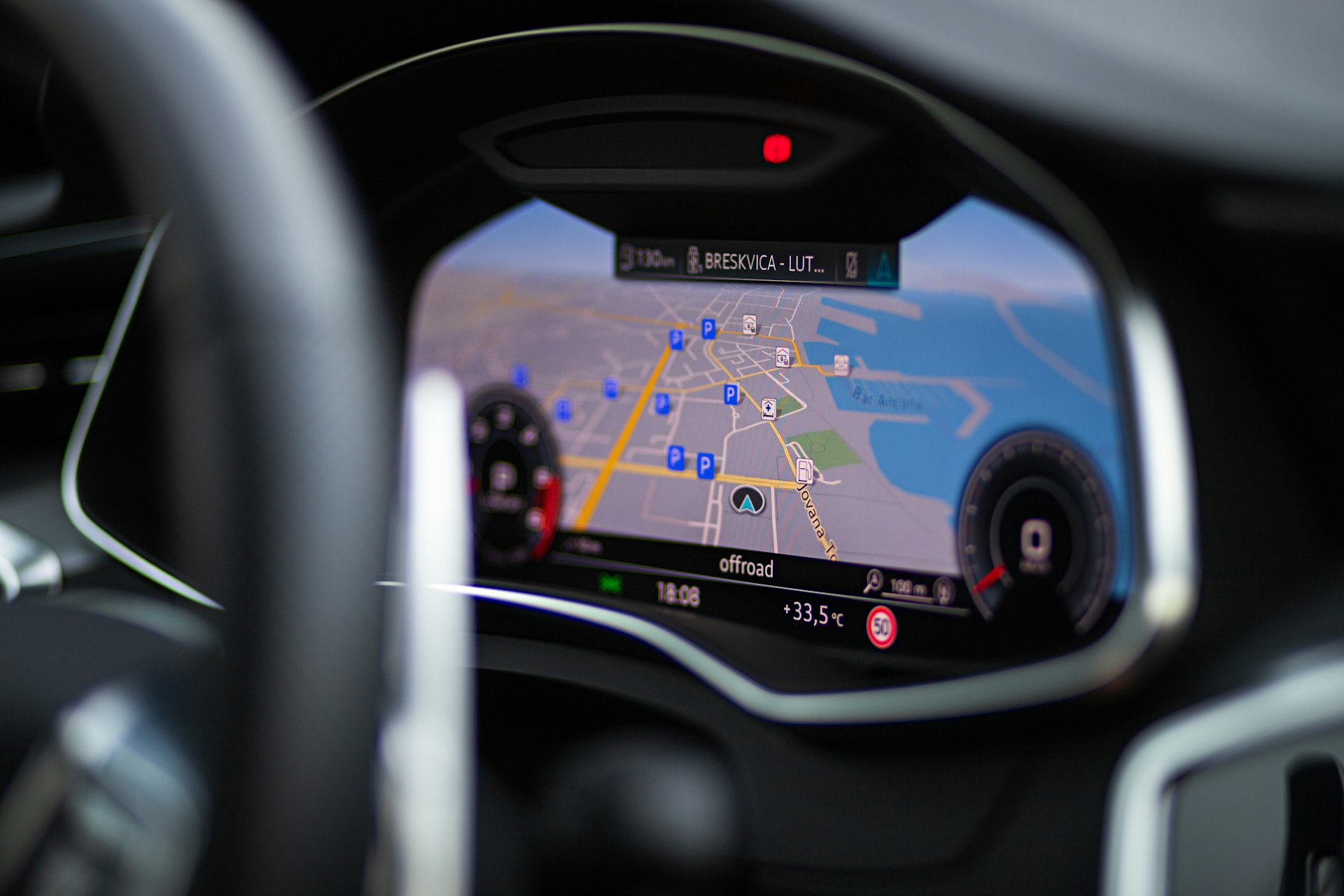Transforming Driving: The Real-World Impact of AI-Powered Virtual Assistants in Cars

Photo by Mladen Šćekić on Unsplash
Introduction
The automotive landscape is rapidly evolving as AI-powered virtual assistants become integral to modern vehicles. These intelligent systems are not only reshaping the driving experience but also redefining how manufacturers, dealerships, and drivers interact with cars. From enhanced safety to operational efficiency, the impact of AI virtual assistants is both broad and deep, offering actionable benefits for businesses and consumers alike.
AI Assistants: Driving Safety and Efficiency
One of the most significant promises of AI-powered virtual assistants is their ability to improve driver safety . By enabling hands-free control over navigation, communication, climate, and infotainment systems, these assistants minimize distractions and allow drivers to keep their focus on the road. For instance, voice AI in cars empowers users to set destinations, adjust temperature, and manage entertainment options via simple spoken commands [2] . This active reduction of manual interaction is linked to fewer accidents and improved road safety overall.
Efficiency is another core benefit. AI agents automate routine tasks such as scheduling maintenance, booking test drives, and managing service appointments. Automotive businesses leverage these systems for 24/7 customer support, reducing reliance on human operators and decreasing wait times for clients [1] . Drivers receive real-time updates on traffic, weather, and their vehicle’s health, ensuring smoother journeys and timely interventions when issues arise [3] .
Cost Reduction and Operational Transformation
Automotive companies see measurable financial benefits from integrating AI-powered assistants. By automating repetitive tasks, these systems cut operational costs and streamline workflows. For example, Volkswagen’s integration of ChatGPT into its vehicles via the IDA voice assistant has reduced the need for human customer support, lowering labor expenses [1] . In manufacturing, predictive maintenance powered by AI minimizes downtime, as seen at General Motors (GM), which uses these tools to optimize production and reduce costly delays.
For dealerships and service centers, AI agents trained on industry-specific terminology handle complex queries about financing, vehicle identification numbers (VINs), and model specifications with precision. This increases throughput and accuracy, further supporting cost savings and operational efficiency [2] .

Photo by ThisisEngineering on Unsplash
Personalization and Enhanced Customer Experience
AI-powered assistants personalize the driving experience by learning and adapting to individual user preferences. Mercedes-Benz’s MBUX system, for example, uses contextual AI to recognize patterns in driver behavior, offering proactive reminders-such as alerting you when it’s time to pick up your children based on your routine [3] . This level of personalization improves customer satisfaction and fosters long-term loyalty.
Customer service is also transformed. AI assistants provide tailored recommendations, troubleshoot issues, and guide users through complex processes, from vehicle diagnostics to scheduling maintenance. These systems operate round-the-clock, ensuring support is always available, which is particularly valuable for global brands and high-volume dealerships.
Vehicle Diagnostics and Maintenance
AI-driven virtual assistants connect directly to vehicle sensors, monitoring car health in real time. They alert drivers to emerging issues-such as low tire pressure, engine problems, or required maintenance-before they escalate into costly repairs. This proactive approach reduces the risk of breakdowns and increases vehicle longevity [2] .
For manufacturers, AI-powered quality control systems can detect production defects before vehicles leave the factory floor, minimizing recalls and warranty claims. Ford, for example, uses AI to identify and correct defects early in the process, ensuring higher product standards and customer satisfaction [1] .
Integration with Smart Devices and IoT
Modern AI assistants seamlessly integrate with smartphones, smart homes, and the broader Internet of Things (IoT) ecosystem. This means drivers can synchronize their car with personal calendars, receive reminders, and control home devices from the vehicle’s dashboard. Google Assistant, available in several car models, manages tasks such as phone calls, navigation, and Wi-Fi settings, further simplifying daily routines [3] .
The advent of software-defined vehicles (SDVs) enables constant updates and improvements via over-the-air (OTA) software revisions. These innovations keep cars current with the latest features and security enhancements, much like smartphones and other connected devices.
Implementation Steps for Businesses and Drivers
To leverage AI-powered virtual assistants, automotive businesses and individual drivers can follow these steps:
- For Businesses: Assess operational needs and identify repetitive tasks suitable for automation. Work with established AI solution providers to integrate voice assistants or chatbots into customer service channels and vehicle systems. Train agents on industry-specific terminology to maximize accuracy and value.
- For Drivers: When purchasing a new vehicle, inquire about available AI assistant features such as voice control, personalized settings, and diagnostics. Explore user manuals and official manufacturer websites for guidance on activating and using these systems. If uncertain, contact the dealership’s customer support for detailed instructions on setup and troubleshooting.
In both cases, it is essential to ensure data privacy and familiarize yourself with customization options to optimize the assistant’s performance for your specific needs.
Challenges and Alternative Approaches
While the benefits are substantial, some potential challenges exist. Data privacy and security concerns must be addressed, as AI assistants collect sensitive information about driving habits and personal routines. Manufacturers typically provide privacy guidelines on their official websites; users are advised to review these policies and adjust settings accordingly.
Not all vehicles come equipped with advanced AI assistants. As an alternative, aftermarket solutions or mobile apps (such as Google Assistant and Apple Siri) can be integrated for basic voice control and smart features. For older models, consider consulting technology specialists or visiting authorized service centers to explore upgrade options or retrofitting possibilities.
If you are seeking to implement AI-powered assistants in your business or vehicle, you can search for “AI automotive solutions” or visit official manufacturer websites for detailed product information and support resources. Many providers offer demonstration videos, step-by-step guides, and customer hotlines for personalized assistance.
Conclusion
AI-powered virtual assistants are rapidly transforming the automotive industry. Their impact spans improved safety, personalized experiences, cost savings, and operational efficiency. Whether you are a business looking to optimize workflows or a driver seeking a smarter, safer journey, the integration of AI assistants offers tangible advantages and actionable pathways. For further guidance, consult official manufacturer websites, search for “AI automotive voice assistant providers,” or contact your dealership for tailored support.
References
MORE FROM promospotlight.com













